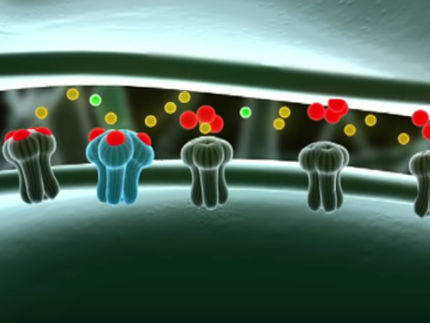Discovery of hippocampal mossy cell involvement to maximize antidepressant effects
Advertisement
DGIST faculty clarified that the fundamental neural circuit mechanism involved in antidepressant efficacy to treat depression, one of serious mental diseases in today's society. This is expected to contribute to the development of next antidepressant that can advance the effects and speed of treatment in the future.
DGIST announced that Professor Yong-Seok Oh's research team at the Department of Brain-Cognitive Science discovered that the activity changes of mossy cells that located in the hippocampus which associated with emotion regulation play a crucial role in the treatment efficacy of serotoninergic antidepressant.
Depression is a serious mental disease that can not only devastates the quality of the life of patients and families but can also even lead to suicide in an extreme case. South Korea has had the highest suicide rates among OECD countries (24.3 people per population of 100,000 as of 2017) and a total of 566.4 billion KRW has been spent on medical fees, showing that depression is becoming a socioeconomically serious problem.
Although serotonin antidepressant (SSRI and SNRI) are most widely prescribed to treat depression, they have limitations such as high drug-resistance, various side-effects, and treatment effect delays. Serotonin increases immediately within 1 hour after the antidepressant is administered, but treatment effects such as patients' emotional improvement appear after 2-3 weeks at the fastest and takes more than 2 months on average. Such delay in treatment effects has indicated that serotonin does not only determine the efficacy but also shows efficacy by inducing long-lasting neuronal plastic changes in emotional control neural circuit.
Most read news
Organizations
Other news from the department science

Get the life science industry in your inbox
By submitting this form you agree that LUMITOS AG will send you the newsletter(s) selected above by email. Your data will not be passed on to third parties. Your data will be stored and processed in accordance with our data protection regulations. LUMITOS may contact you by email for the purpose of advertising or market and opinion surveys. You can revoke your consent at any time without giving reasons to LUMITOS AG, Ernst-Augustin-Str. 2, 12489 Berlin, Germany or by e-mail at revoke@lumitos.com with effect for the future. In addition, each email contains a link to unsubscribe from the corresponding newsletter.


























































